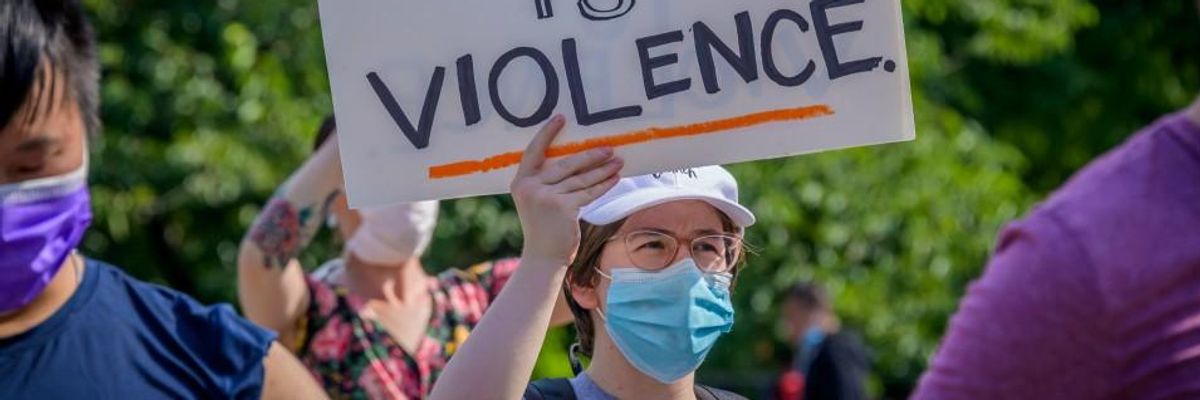Last week, the Bureau of Labor Statistics (BLS) reported that, as of the middle of November, the economy was still 9.8 million jobs below where it was in February and job growth slowed considerably in November. Today's BLS Job Openings and Labor Turnover Survey (JOLTS) reports little change in October, a clear and confirming sign that the recovery is not charging ahead. In fact, hiring and job openings are below where they were before the recession hit, which makes it impossible to recover anytime soon, when we have such a massive hole to fill in the labor market.
In October, job openings rose mildly (6.5 to 6.7 million) while hires softening slightly (5.9 to 5.8 million). Separations increased (4.8 to 5.1 million), largely due to an unfortunate increase in layoffs (1.4 to 1.6 million). On the whole, the U.S. economy is seeing a significantly slower pace of hiring than we experienced in May or June--hiring is roughly where it was before the recession, which is a big problem given that we have only recovered just over half of the job losses from this spring. And job openings are now substantially below where they were before the recession began (6.7 million at the end of October, compared to 7.1 million on average in the year prior to the recession). And today's data release only covers through October, so it doesn't even capture November's slowdown in job growth. With hiring and job openings at these levels, the economy is facing a long slow recovery, unless Congress acts.
One of the most striking indicators from today's report is the job seekers ratio, that is, the ratio of unemployed workers (averaged for mid-October and mid-November) to job openings (at the end of October). On average, there were 10.9 million unemployed workers while there were only 6.7 million job openings. This translates into a job seeker ratio of about 1.6 unemployed workers to every job opening. Another way to think about this: for every 16 workers who were officially counted as unemployed, there were only available jobs for 10 of them. That means, no matter what they did, there were no jobs for 4.2 million unemployed workers. And this misses the fact that many more weren't counted among the unemployed. The economic pain remains widespread with over 26 million workers hurt by the coronavirus downturn. Without congressional action to stimulate the economy, we are facing a slow, painful recovery.
As winter approaches and many families face eviction and hunger as well as growing COIVD-19 cases, the incoming Biden administration will be facing a mounting, not waning, crisis. We cannot wait: Congress must take immediate action to provide relief to all of those unemployed workers who have no hope for employment and are desperately trying to make ends meet. The first dose of austerity exhibited by the loss to the vital enhanced unemployment insurance benefit in August took a toll on job creation. We must not have that mistake again. The expiration of vital pandemic unemployment insurance (UI) benefits on December 26 will leave 12 million workers without a safety net, and over 4 million others will have already exhausted their benefits by this cutoff. This spells trouble not only for workers and their families who are desperately trying to keep a roof over their heads and put food on the table--especially with the eviction moratorium also set to expire on December 31--but also for the recovery itself. It didn't have to be this way. If the suite of UI programs were reinstated and extended through 2021, workers would not lose that valuable safety net and it would spur the creation of 5.1 million more jobs in 2021.

